After seeing the majestic windmills of Bangui Bay, we went further north. (From Laoag, the order of the municipalities are as follows: Burgos, Bangui and Pagudpud. But our first stop-over was in Bangui, then Pagudpud and lastly Burgos.)
We headed first to the Patapat Viaduct which is located more than 16 km away from the Pagudpud town proper. The viaduct, is an elevated concrete highway (31 meters above sea level) winding 1.3 km along the mountainside in the northernmost section of Ilocos Norte. It is the 4th longest bridge in the Philippines. It was constructed to address the problem of landslides in the area which have caused many vehicular accidents. The viaduct is footed on the rocky shore several meters from the mountain side. On clear days, it gives motorists a spectacular view of Pasaleng Bay.
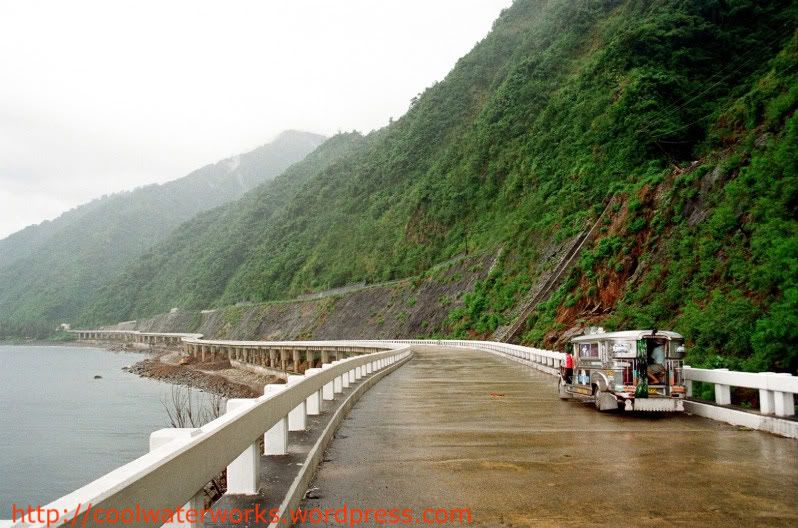
A view of Pasaleng Bay from the northern end of the viaduct.
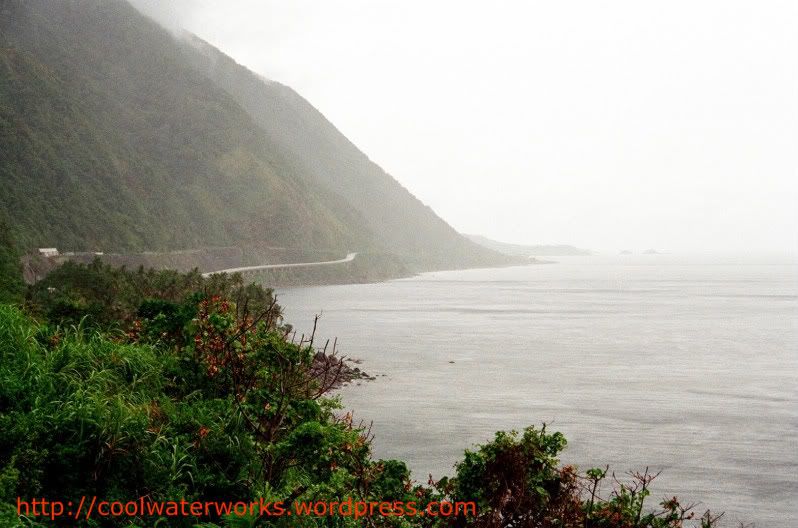
The endpoint of our northern leg is Paraiso ni Anton. It is actually just a side of the mountain with dripping natural drinking water. It is said that the water here is miraculous. Sources say that a lot of people stop over here to get a sip from this drinkable flowing water, although apart from the people selling fish sauce and accessories and the crew of a water distilling establishment, we were the only tourists there.
This is the best shot that my polarizer can give...
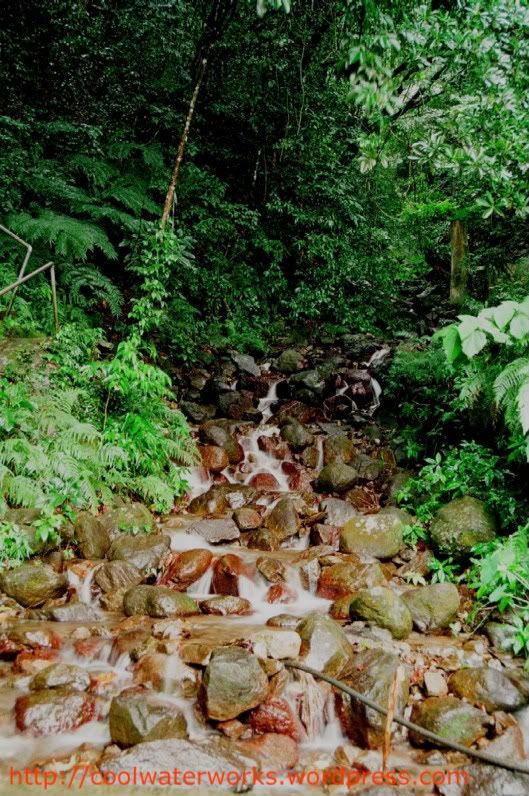
Pagudpud
We then headed back towards Pagudpud town proper. We passed by Saud Beach Resort.
Forgive the weather...
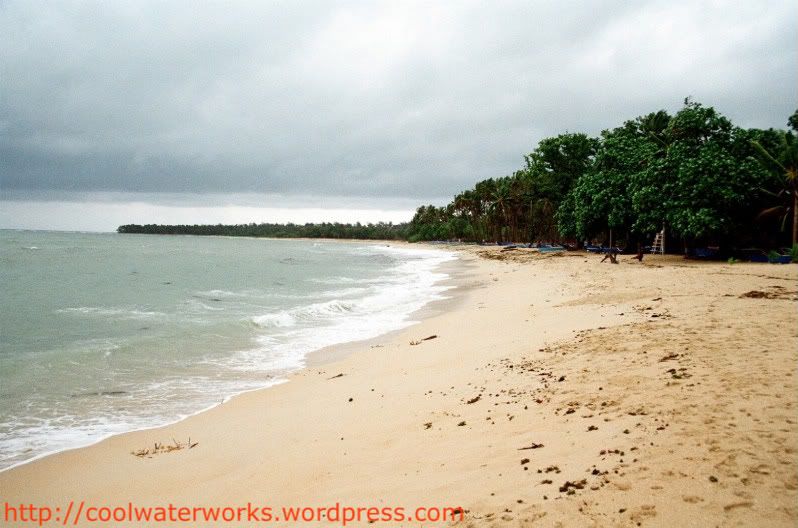
A closer look...
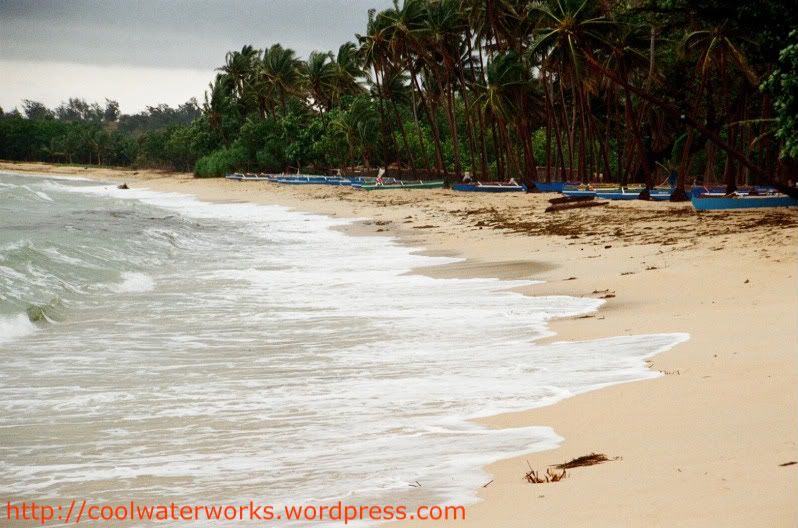
We had lunch in a small restaurant in the town's center. After eating, we headed back.
Our next stop is in Burgos. We went to Cape Bojeador Lighthouse.
Cape Bojeador Lighthouse
Also known as Faro de Cabo Bojeador, this lighthouse is on top of a hill in Burgos overlooking the South China Sea. It is the highest lighthouse in the Philippines that is still functioning since its completion on March 30, 1892. The design and construction of this lighthouse was patterned after that of Engineer Magin Pers y Pers', but later on reconfigured and finished by Engineer Guillermo Brockman.
The lighthouse is an octagonally-shaped tower with the same mechanism found in other lighthouses of its time: a winding machine with a counter weight which enables the lenses of the lantern to rotate. The lantern is fitted with a first order Fresnel Lens that is partially intact. It takes about an hour before the lenses complete their full rotation. Due to an earthquake in 1990, parts of the lenses collapsed and the alignment of the mechanism was displaced. The Coast Guards have retained the original mechanism for historic purposes and only retrofitted the lighting mechanism for its daily operation. (source: Heritage Conservation Society)
The Cape Bojeador Lighthouse still gives signals to passing ships along the Cape but when we went there, it was turned off because it was hit by lightning the night before.
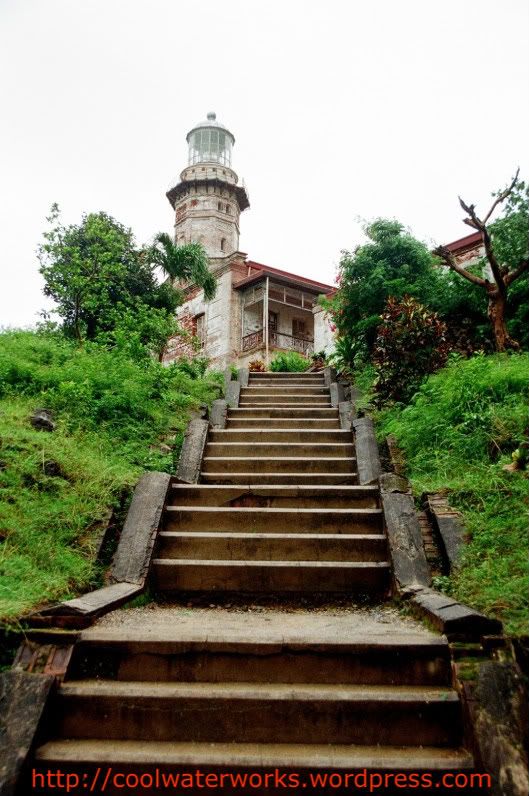
A closer view of the lighthouse...
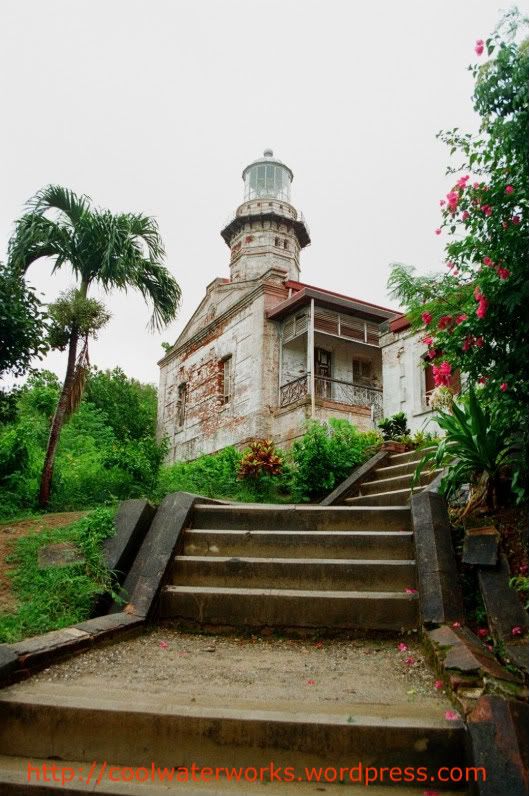
Entering the compound...
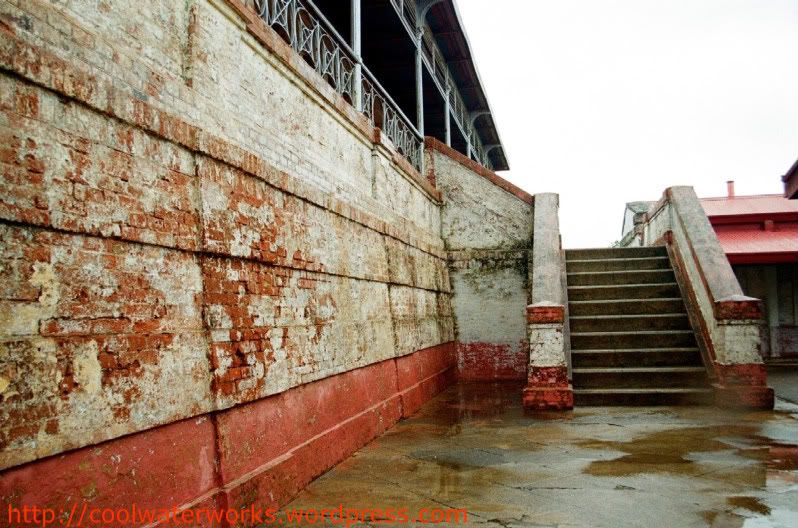
The hallway in the pavilion below the tower...
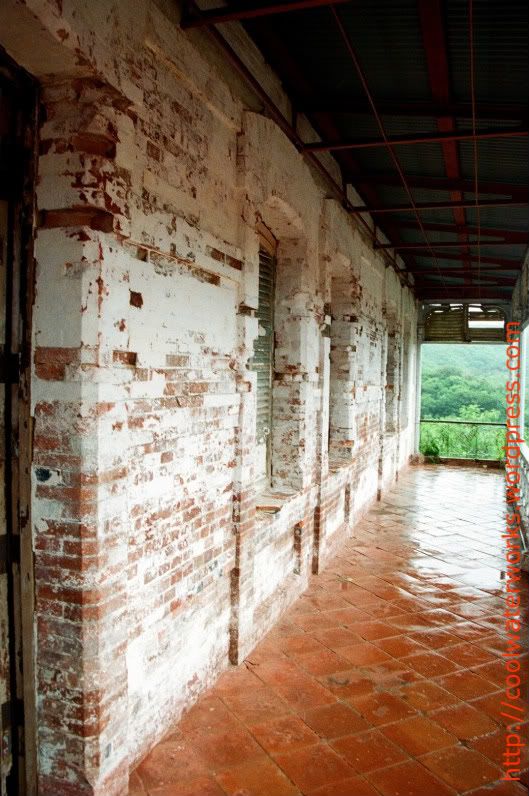
The mini-museum inside the pavilion showing old pictures of the lighthouse and previous caretakers...
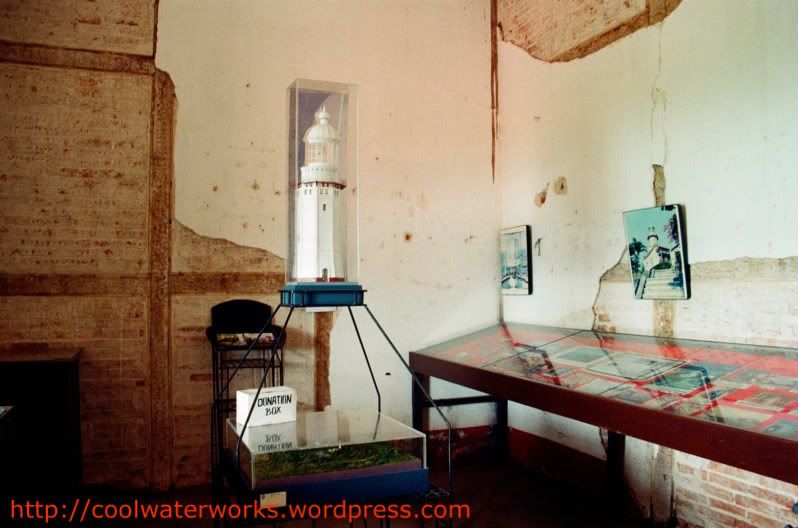
Views of the tower from the right and left sides of the pavilion...

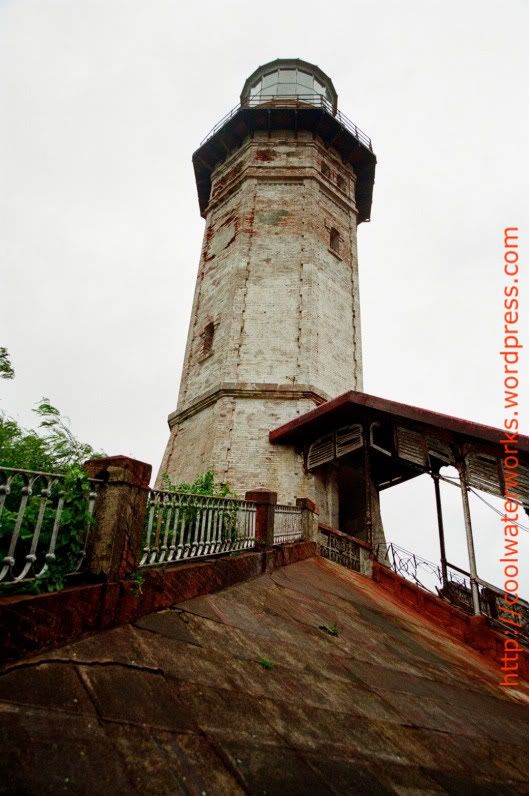
The stairs leading to tower...
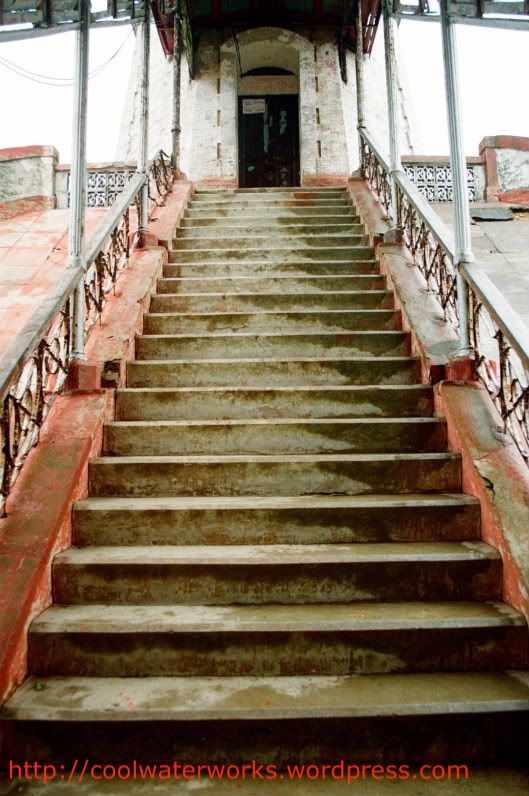
A close-up of the tower...
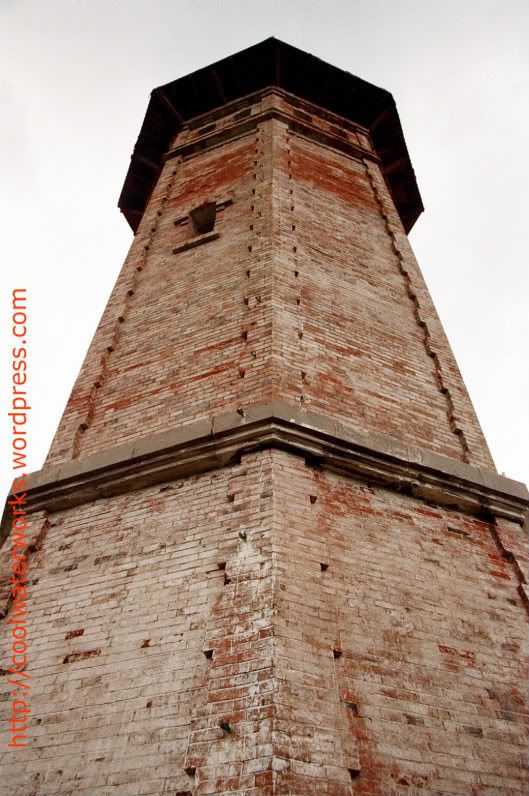
I was not able to take pictures of the spiral stairs. It was dark inside and exposures were up to 30 seconds. It was impossible to position the tripod. The shots I made with flashes were of no good either.
This is the winding machine with a counter weight which enabled the lenses of the lantern to rotate. This is no longer working and is retained for historic purposes.
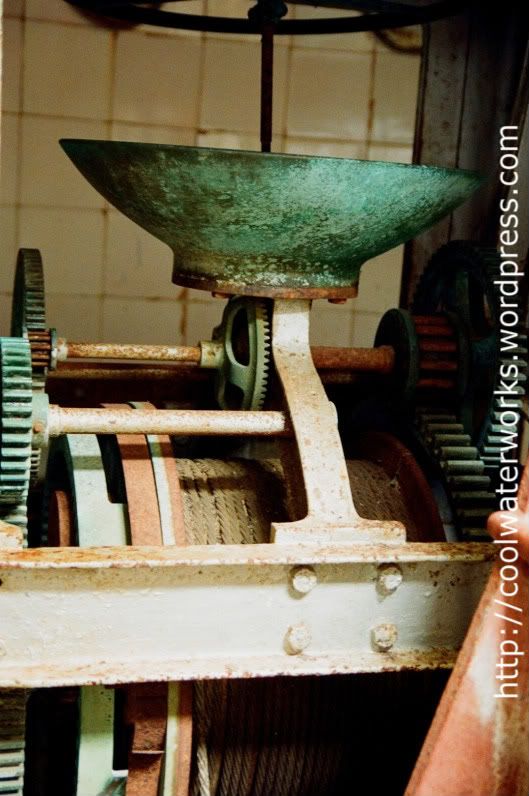
A view through the window from inside the tower.
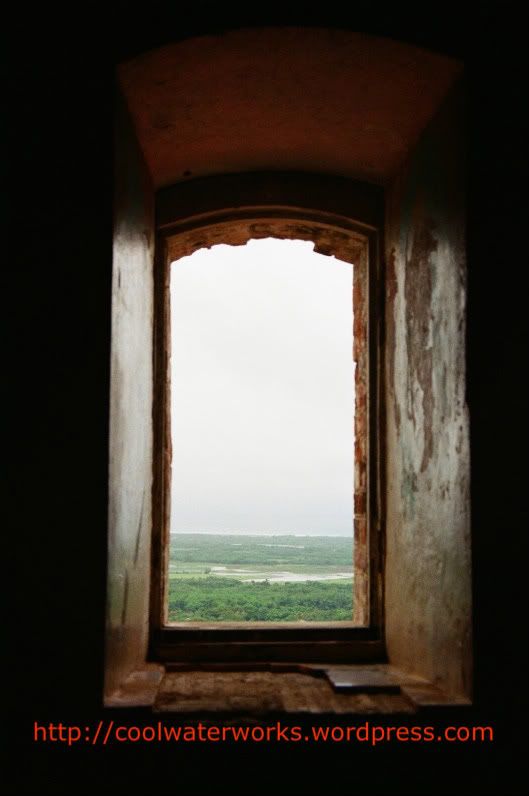
It was difficult to climb until the top of the tower due to the wet floor and damp surrounding. But taking one step at a time, I reach the top.
Here is the lighting mechanism of the tower, a partially intact first order Fresnel lens. In the background is the South China Sea.
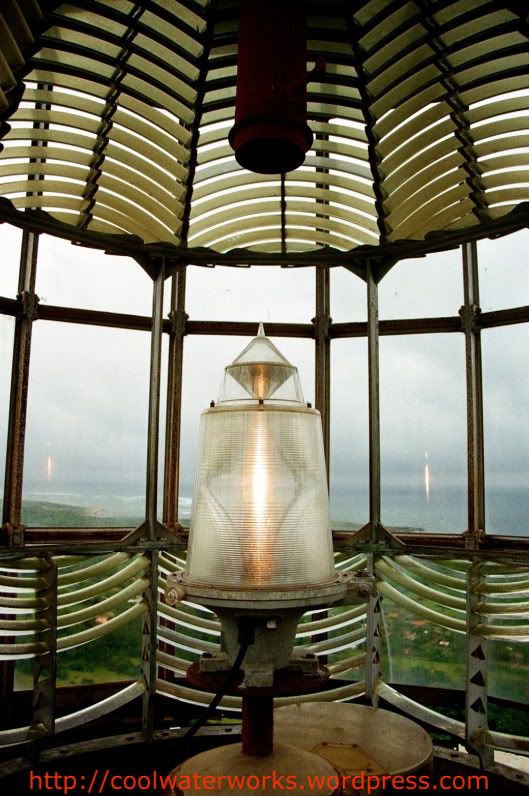
To be continued...
Related post:
In case you want to have a tour of Ilocos, and you'll be staying in Laoag, you may get in touch with Mang Lito, the man who offered to tour us around. His service is significantly low compared to arranged tours or packaged tours being offered by the hotels in Laoag. He may be contacted through his mobile phone: 09273387969.
I will not promote the hotel we stayed in. Although they had reasonably low room rates, good food and courteous staff, their water supply is not good - it's yellow. Their room rates are also a bit tricky, as this caused a slight argument when we checked out
[...] Ilocos: The Tour (Third Part) In case you want to have a tour of Ilocos, and you’ll be staying in Laoag, you may get in touch with Mang Lito, the man who offered to tour us around. His service is significantly low compared to arranged tours or packaged tours being offered by the hotels in Laoag. He may be contacted through his mobile phone: 09273387969. I will not promote the hotel we stayed in. Although they had reasonably low room rates, good food and courteous staff, their water supply is not good – it’s yellow. Their room rates are also a bit tricky, as this caused a slight argument when we checked out [...]
ReplyDelete[...] Ilocos: The Tour (Third Part) [...]
ReplyDelete[...] Ilocos: The Tour (Third Part) [...]
ReplyDeleteI would like to know if Mang Lito took you to all the places you went to from Vigan, the other towns and pagudpud. May I know how much you spent for the package for me to be able to provide the proper budget for an Ilocos trip that my husband and I will make. Thank you very much.
ReplyDelete